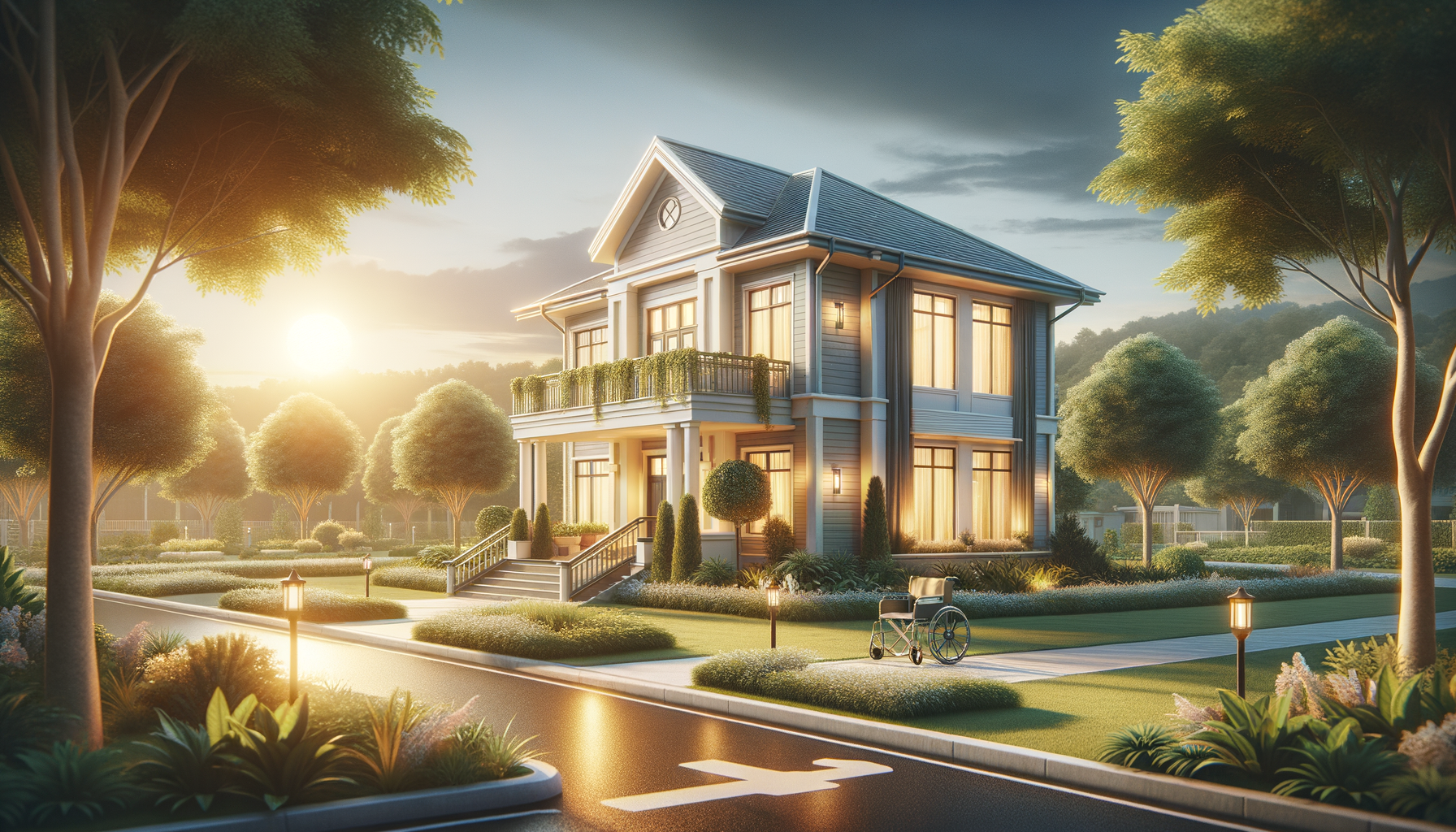Understanding the Growing Demand for Senior Housing
The demographic shift towards an aging population has brought the issue of senior housing to the forefront. As life expectancy increases, more individuals are reaching their senior years, leading to a surge in demand for housing that caters to their needs. According to the World Health Organization, the global population aged 60 years and older is expected to reach 2 billion by 2050, up from 900 million in 2015. This dramatic increase underscores the need for adequate housing solutions.
Senior housing encompasses a range of options, from independent living communities to assisted living facilities and nursing homes. Each type of housing provides different levels of care and support, making it crucial for seniors and their families to choose the option that best suits their needs. The demand for these housing options has led to long waiting lists, making it challenging for seniors to find immediate accommodation.
Several factors contribute to the growing demand for senior housing, including the desire for independence, the need for specialized care, and the increasing cost of maintaining a traditional home. As a result, many seniors are looking for housing options that offer a balance of independence and support, with amenities that cater to their lifestyle and health needs.
Types of Senior Housing Options
Senior housing options vary widely, offering different levels of care and amenities. Understanding these options can help seniors and their families make informed decisions. Here are some common types of senior housing:
- Independent Living Communities: These are designed for seniors who are able to live independently but prefer the convenience of community living. They offer amenities such as housekeeping, transportation, and social activities.
- Assisted Living Facilities: For seniors who need help with daily activities such as bathing, dressing, and medication management, assisted living facilities provide a supportive environment with professional staff available 24/7.
- Memory Care Units: Designed specifically for seniors with Alzheimer’s or other forms of dementia, these units offer specialized care and a secure environment.
- Nursing Homes: For seniors requiring constant medical care and supervision, nursing homes provide comprehensive healthcare services.
Each type of housing offers unique benefits and challenges. Independent living communities promote social interaction and independence, while assisted living facilities provide essential support for daily activities. Memory care units offer specialized care for cognitive impairments, and nursing homes ensure round-the-clock medical attention. The choice of housing depends on the individual’s health, lifestyle preferences, and financial situation.
The Challenges of Finding Immediate Senior Housing
One of the most significant challenges in senior housing is the availability of immediate accommodation. Long waiting lists are common, particularly for affordable housing options. This is often due to high demand and limited supply, as well as the time-consuming process of assessing individual needs and preferences.
Financial constraints also play a role in the difficulty of securing senior housing. Many seniors live on fixed incomes, and the cost of assisted living or nursing home care can be prohibitive. According to a report by the National Investment Center for Seniors Housing & Care, the average cost of assisted living in the U.S. is over $4,000 per month, which can be a significant burden for many families.
Moreover, geographic location can impact the availability of senior housing. Urban areas may have more options but also face higher demand, while rural areas might offer fewer choices but with shorter waiting lists. Families often need to balance proximity to loved ones with the availability and cost of housing options.
Strategies for Securing Senior Housing Without a Waitlist
Given the challenges of long waiting lists, families need to employ strategic approaches to secure senior housing. Here are some strategies that can help:
- Start Early: Begin the search for senior housing well before it’s needed. Early planning allows more time to explore options and make informed decisions.
- Consider Multiple Options: Keep an open mind about different types of housing and locations. Flexibility can increase the chances of finding available accommodations.
- Utilize Professional Services: Engage with senior housing advisors or real estate agents specializing in senior living. They can provide valuable insights and connections to available housing.
- Explore Financial Assistance: Investigate government programs and non-profit organizations that offer financial aid or subsidies for senior housing.
By taking proactive steps and exploring a range of options, families can better navigate the complexities of senior housing and find suitable accommodations without the stress of long waiting lists.
Conclusion: Navigating the Future of Senior Housing
As the demand for senior housing continues to rise, it is crucial for individuals and families to understand the landscape of available options. By recognizing the challenges and employing strategic approaches, seniors can find housing that meets their needs and enhances their quality of life.
The future of senior housing will likely involve innovations in care and living arrangements, driven by technological advancements and changing demographic trends. Families who stay informed and proactive will be better positioned to secure housing that offers both comfort and support.
Ultimately, the goal is to ensure that seniors can enjoy their golden years in environments that respect their dignity, independence, and well-being.




Leave a Reply